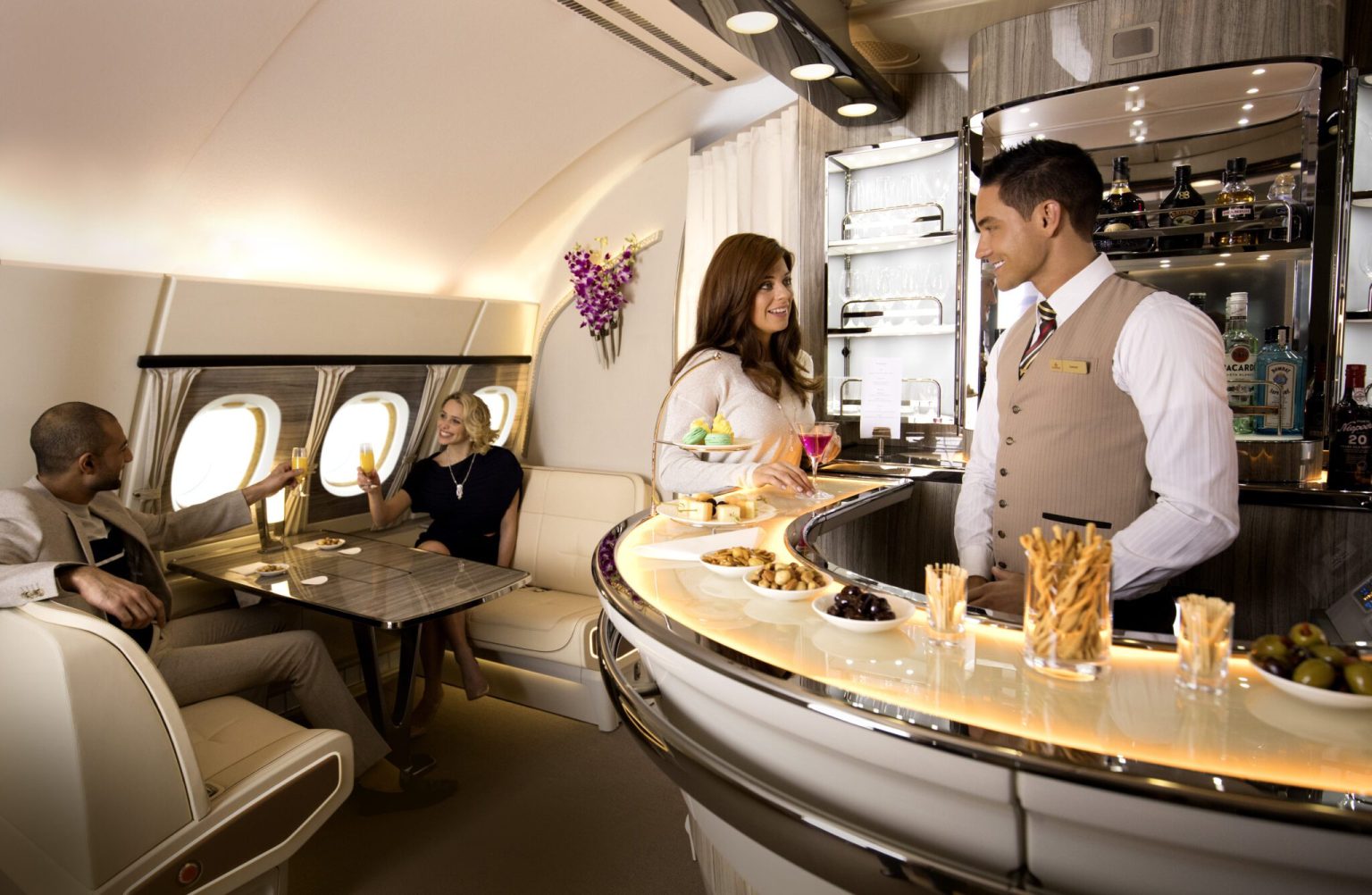Airlines worldwide have seen a surge in demand for premium cabins post-pandemic, with leisure travelers driving the trend as corporate travel remains slow to rebound. This increase in demand for high-end tickets has led to significant profit margins for airlines, as premium cabins typically generate more revenue than economy seats. However, Emirates, one of the world’s largest international carriers, recently reported a drop in premium occupancy, falling below the 70% threshold year-on-year. Despite this, there may not be cause for widespread concern, as the airline has been expanding rapidly, adding new routes and increasing capacity, which can impact supply and demand dynamics in the market.
Emirates introduced its premium economy cabin in August 2022, breaking rank with rivals like Qatar Airways and Etihad who had resisted the change. Although the airline is expanding its premium offerings with plans to serve 42 cities with premium economy by February 2025, the net impact of these installations remains relatively modest compared to the number of first and business class seats. Despite the drop in premium occupancy, Emirates is doubling down on its premium expansion drive, with plans to widen its aircraft refurbishment program to install more premium economy seats. Other competitors in the industry, such as Qatar Airways, Turkish Airlines, Lufthansa, and Cathay Pacific, are also investing heavily in high-end cabins.
The Skift Travel 200 (ST200) tracks the financial performance of nearly 200 travel companies globally, including airlines, low-cost carriers, and related companies. The index provides insight into the industry’s overall financial health and performance. With airlines like American Airlines, British Airways, Delta, and Air France reporting strong demand for premium cabins, the trend of leisure travelers seeking upgrades to high-end seats has been beneficial for airlines’ profitability. Although Emirates saw a decline in premium occupancy, the airline’s aggressive expansion plans, including the rollout of premium economy cabins, indicate a continued focus on capturing the premium market segment.
The airline sector’s stock index performance year-to-date indicates the financial health and market performance of airline companies. As airlines invest more in high-end cabins to capitalize on the demand for premium seats, the competition in the market is intensifying. With Emirates and other major carriers dedicating resources to offering premium products, the industry is evolving to meet the changing preferences of travelers in a post-pandemic world. Despite fluctuations in premium occupancy rates, airlines are optimistic about the long-term prospects for their high-end cabin offerings, showcasing their commitment to meeting evolving customer demands and driving profitability in the sector.


